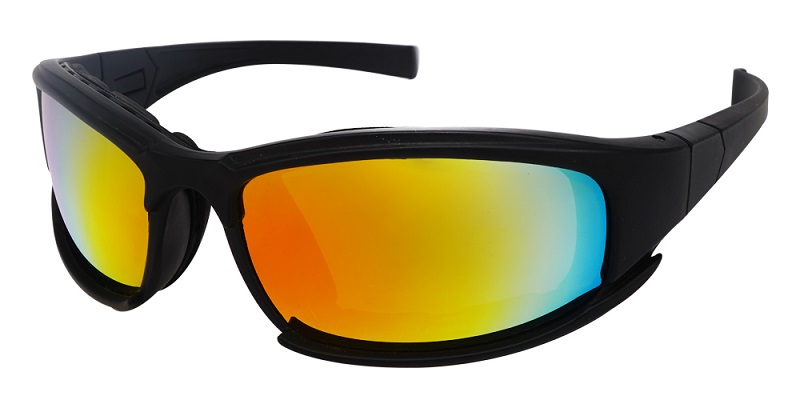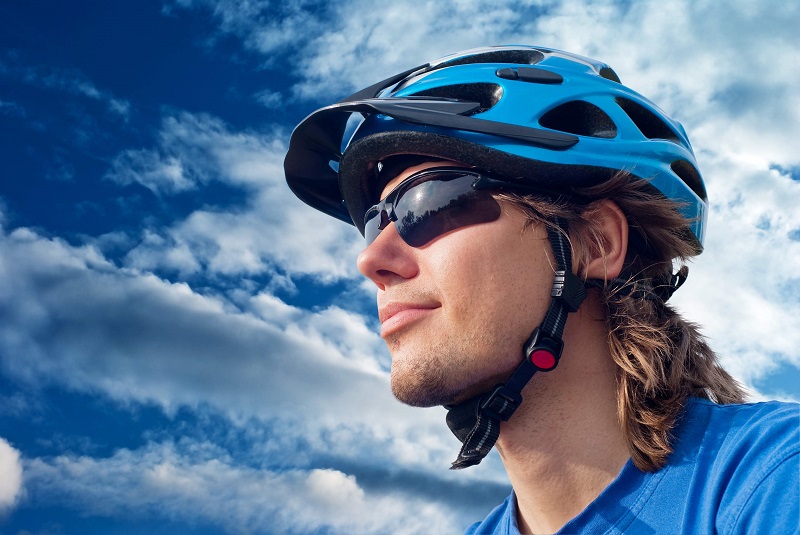Different Types of Protective Glasses for Sports


Different sports require different types of protective glasses. Moreover, protective sports goggles are available in different lenses and frames. To know which type of protective sports glasses to choose, consider these tips.
Competing at your best means seeing your best. Some sports can pose danger to the eyes. Even the lighter and less toilsome outdoor sports activities like running, hiking, and golf, for instance, can be harmful to the eyes especially if performed on a bright sunny day. The UV rays alone can be damaging to the eyes if you get directly exposed to the sun for long periods. According to the National Eye Institute, 90% of sports-related eye injuries can be prevented when using protective eyewear explicitly designed for the sport.
Thus, you need to wear protective?prescription sports goggles?to keep your eyes protected against different types of outdoor eye hazards. Wearing sports glasses will also give you a competitive edge.
Different sports require different types of protective glasses. Moreover, protective sports goggles are available in different lenses and frames.??
Best sports glasses for sports
Extra protection - Anti-fogging coating, UV400 coating, and impact resistance
The best sports glasses should be able to protect your eyes against a wide range of eye hazards such as the UV rays of the sun, flying objects, dust particles, insects, a finger of an opponent or teammate, and other solid matters that may get into the eyes while playing sports.
To protect your eyes against injuries during contact sports, your sports glasses need to be impact resistant and durable enough to withstand a collision with solid objects including balls.
The best protective RX sports glasses are those with UV400 protective coating. Sports glasses labeled with UV400 are capable of blocking 99% to 100% of UV and blue light.
Note that, the damages caused by the UV and blue light are cumulative and younger athletes are more vulnerable than adults. The longer your eyes get directly exposed to the sun, the more likely they get damaged. These damages and injuries can range from simple disturbances and irritations like sensitivity to light, blurred vision, excessive tearing, and dry eyes to serious conditions like macular degeneration, cataracts, pterygium, and blindness. Thus, it is critical that athletes and sports enthusiasts wear proper sports glasses when competing and training outdoors.
You may also want to choose a pair of sports glasses that won?t fog up. If so, chose a pair with an anti-fogging coating.
?Lens type and color
Let?s talk about the lens type and color. It is important to choose the right lens color as it will affect your visibility. The right color choice can give you a measurable improvement in your performance.
So for certain sports like skiing and snowboarding, ski goggles are best for eye safety. But you may choose sports glasses with a high wrap frame with mirrored non-polarized lenses as well as they to reduce glare but do not get rid of it completely. This feature allows you to distinguish patches of ice from patches of snow.
For running and cycling, amber and rose colors heighten contrast and, as such, offers superior clarity and visual acuity. These colors are perfect for viewing the road and they also allow you to see all of the contours and crevices as you move along at high speeds.
Rx Sports glasses?with green lens offer natural vision and higher light transmission. This makes them perfect for golf and tennis. A green lens can enhance contrast and clarity and preserve the color balance. This will enable you to see the ball against the background.
If you are looking for sports eyewear for fishing, you can choose different colors. But, this also depends on the light condition. The most important feature that you need to consider for this sport, though, is polarization. Fishing will most likely require you to wear a pair of polarized sports goggles.?

Polarized and photochromic lenses
?A polarized lens has a special coating that enables the glasses to filter out the glare on the surface of the water. Without the glare, you can be able to see the water and fish below more clearly.
One quick note, though, a polarized lens can make the visual acuity sharper if it comes with a backside glare-free coating. This special coating will minimize reflections and bounce-back glare on the back of the lens.
Also, consider having photochromic lenses. This type of lens can adjust its darkness according to the brightness outside. It is lighter in the early morning when the sun is not so bright and darker at midday when the sun is at its brightest.
Photochromic lenses are a good option for most sports as they can automatically adjust at any given surrounding to provide your eyes with the best comfort and protection all day long.
Frame design
Sports like cycling and running will require you to choose an eyewear frame that can protect your eyes from wind and debris. For this, you will need a frame with a high wrap design. A wrap-around frame will protect your eyes against wind and debris.
For distance runners, especially those training in warmer climates, fogging lenses can be an issue. As you perspire and breathe, the warm air coming from your breathing and perspiration can cause fog build-up on the lenses. One way to prevent fog build-up or at least minimize chances of fogging is to choose a frame design with good ventilation.
Two other things to consider when choosing a frame design are the nose pad and the temple arms. As you perspire, your face may get soaked in sweat and get wet. This would cause a normal frame to slip down your nose. To avoid slipping, choose the frame with adjustable nose pads and non-slip, grippy temple arms.











